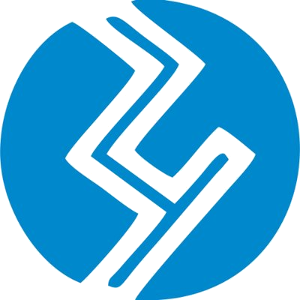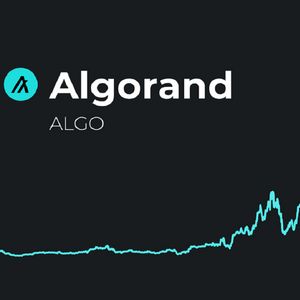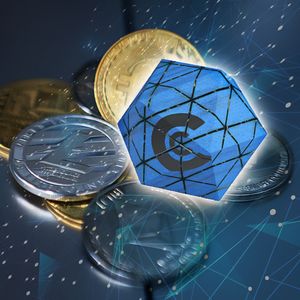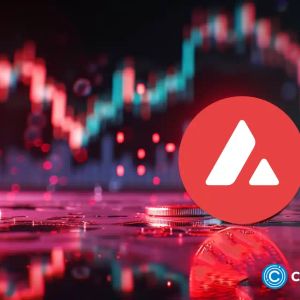Charles Hoskinson, the founder of Cardano and CEO of Input Output Global (IOG), believes that the upcoming Ouroboros Leios upgrade will transform Cardano into the fastest cryptocurrency on the planet. Speaking during a livestream on May 1, Hoskinson described Leios as a game-changing advancement that could shake up the blockchain speed race, positioning Cardano as a serious challenger to high-throughput networks like Solana, Avalanche, and Ethereum. “ What we are introducing with Leios, and eventually with the rest of the pipeline, will make Cardano the fastest cryptocurrency on the planet,” Hoskinson said . “It’s the capstone of the entire Ouroboros agenda, and it’s the result of eight years of research.” Notably, this ambitious claim comes as the Cardano team finalizes the most significant protocol overhaul since the Shelley era, one that aims to rewrite how scalability and speed are achieved in a decentralized blockchain environment. Leios, described by Hoskinson as the “capstone of the Ouroboros agenda,” introduces a multi-layered block structure comprising input blocks, ranking blocks, and endorsement blocks. This architecture allows Cardano to scale throughput with unprecedented flexibility. According to Hoskinson, simulations suggest the network could eventually support tens of thousands of transactions per second (TPS), without compromising on security or decentralization. To put this in context, Solana, widely regarded as one of the fastest layer-1 blockchains, currently boasts peak TPS exceeding 65,000 in optimal conditions. However, critics often point out that this performance comes with trade-offs in decentralization and network stability. Solana has faced multiple outages and congestion issues over the past few years, a problem Cardano aims to avoid. Ethereum, by contrast, processes around 15–30 TPS on its base layer, relying heavily on rollups and sharding for scaling. Avalanche, another competitor, advertises about 4,500 TPS under lab conditions, while real-world figures often fall short. In this landscape, Cardano’s proposed leap is significant not only in speed but in the robustness of its design. Crucially, Leios allows throughput to be adjusted as needed, which Hoskinson called a “tick-tock” model. Network parameters, such as the number of input blocks, can be tuned conservatively at first, and then optimized over time. This dynamic scalability ensures Cardano can adapt to future demand spikes, including those expected from use cases like Bitcoin DeFi, gaming, and AI-integrated applications. “Once we have Leios and the rest — we’re talking about a blockchain that can support global-scale applications, DeFi, AI agents, you name it — without the usual compromises,” he said. Hoskinson also highlighted complementary efforts such as Hydra, Mithril, and the upcoming Starstream rollups, all designed to boost performance and off-chain utility. That said, with multiple independent teams working in parallel under the so-called “follow-the-sun” development model, he noted that Leios could be finalized by the second half of 2025, followed by implementation in 2026.



















